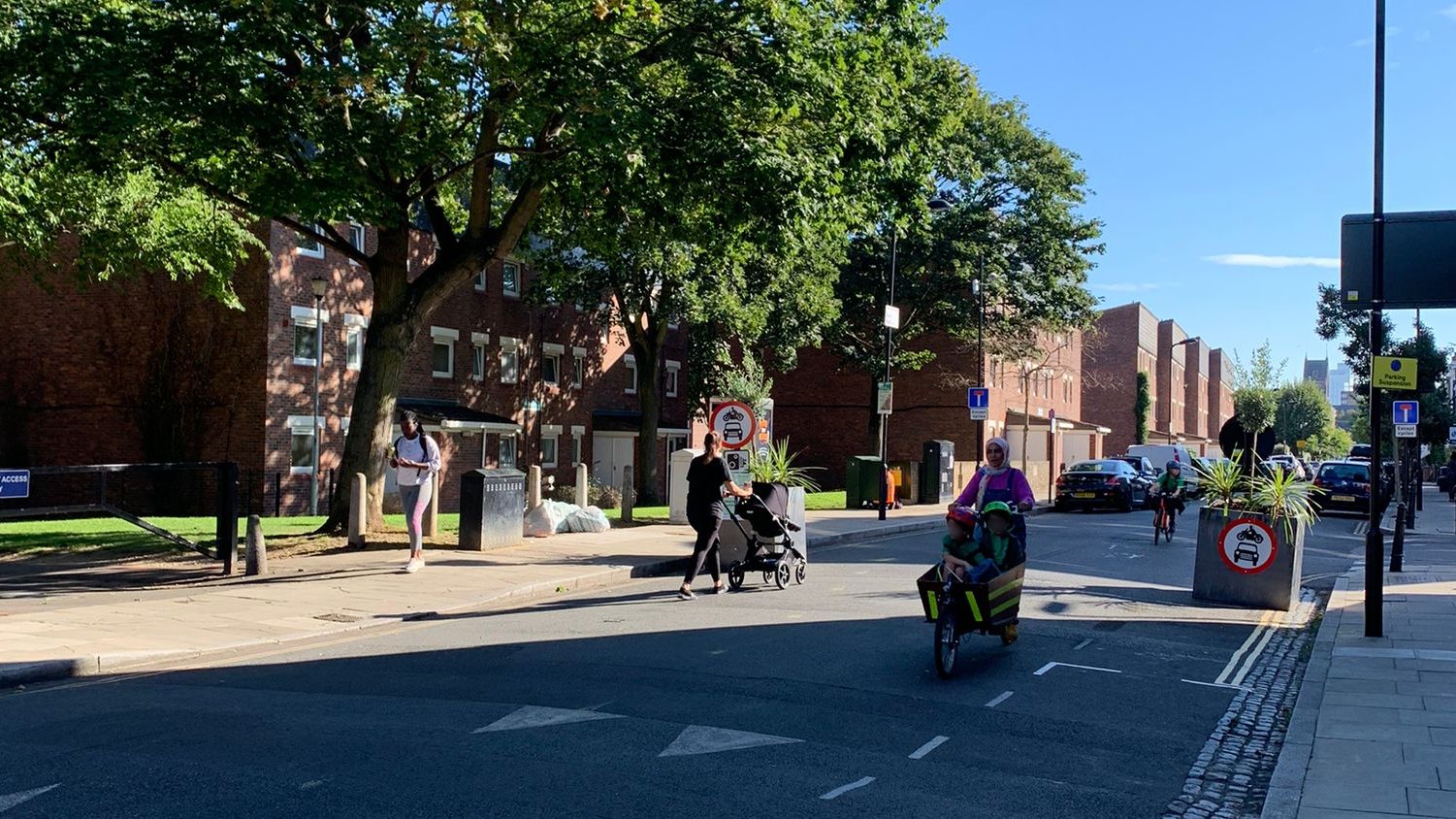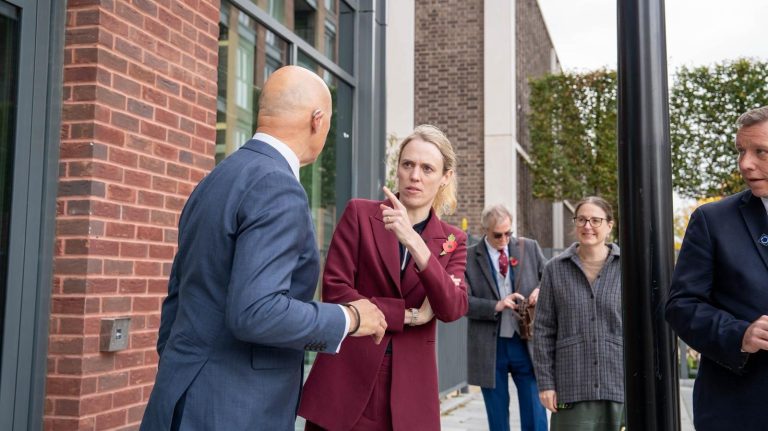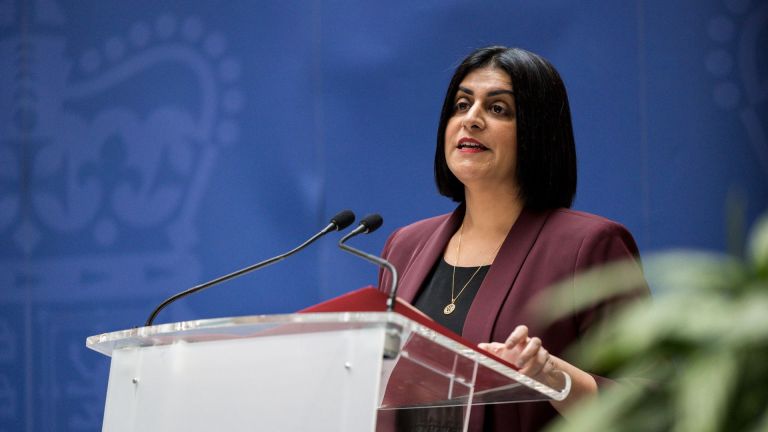In describing the Rumble in the Jungle world heavyweight title contest between Muhammad Ali and George Foreman, celebrated journalist Norman Mailer once said of the ruthless early punishment Ali suffered: “The nightmare he had been awaiting…had finally come to visit him.” If Mailer had pulled up a ringside seat as I watched in horror the UK experience its first ever 40C day, smashing the 2018 record by a full 1.6C, he might well have drawn some parallels.
Yes, there have been other warning signals that the global warming is accelerating – in the past four years alone, the UK has experienced its first winter day above 20C, largest number of ‘tropical nights’ above 20C, and the hottest day on record has been broken three times – but somehow broaching 40C was a real ‘crossing the Rubicon’ moment. Even the usually unflappable climate scientists looked on in horror as one of an unprecedented number of simultaneously active wildfires destroyed 40 families’ homes and the London Fire Brigade announced it had experienced its busiest day since the Second World War.
So, the urgent question is, what can we do to reduce the frequency, intensity, and duration of human-influence heat that is already ‘baked in’ by historical emissions? It turns out, quite a lot.
- How cities around the world are learning to cope with heatwaves
- UK ‘not prepared’ for more frequent wildfires as climate change accelerates
It will not have escaped many people’s attention that London can often be around 10C hotter than surrounding areas. This is primarily due to a phenomenon call the urban heat island effect. Essentially, this additional heat is generated through the everyday functions and activities of cities and their citizens: commuting, delivery of goods and services, operation of buildings, aviation. In fact, it is estimated that every million of the capital’s residents add around 1C to local temperatures, with London’s 2.6 million passenger vehicles adding around another 1C.
That’s how 9.5 million residents and 2.6 million cars turn a 30C heatwave into a 40C heatwave.
Since around a quarter of the extreme temperatures we witnessed on and around July 19 relate to local human activity, we can exercise some influence over the magnitude of that contribution. This is an approach to urban cooling I refer to as “cover, remove, and replace”, and it involves radically reimagining how our cities look and function.






